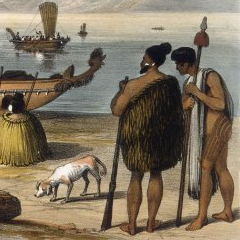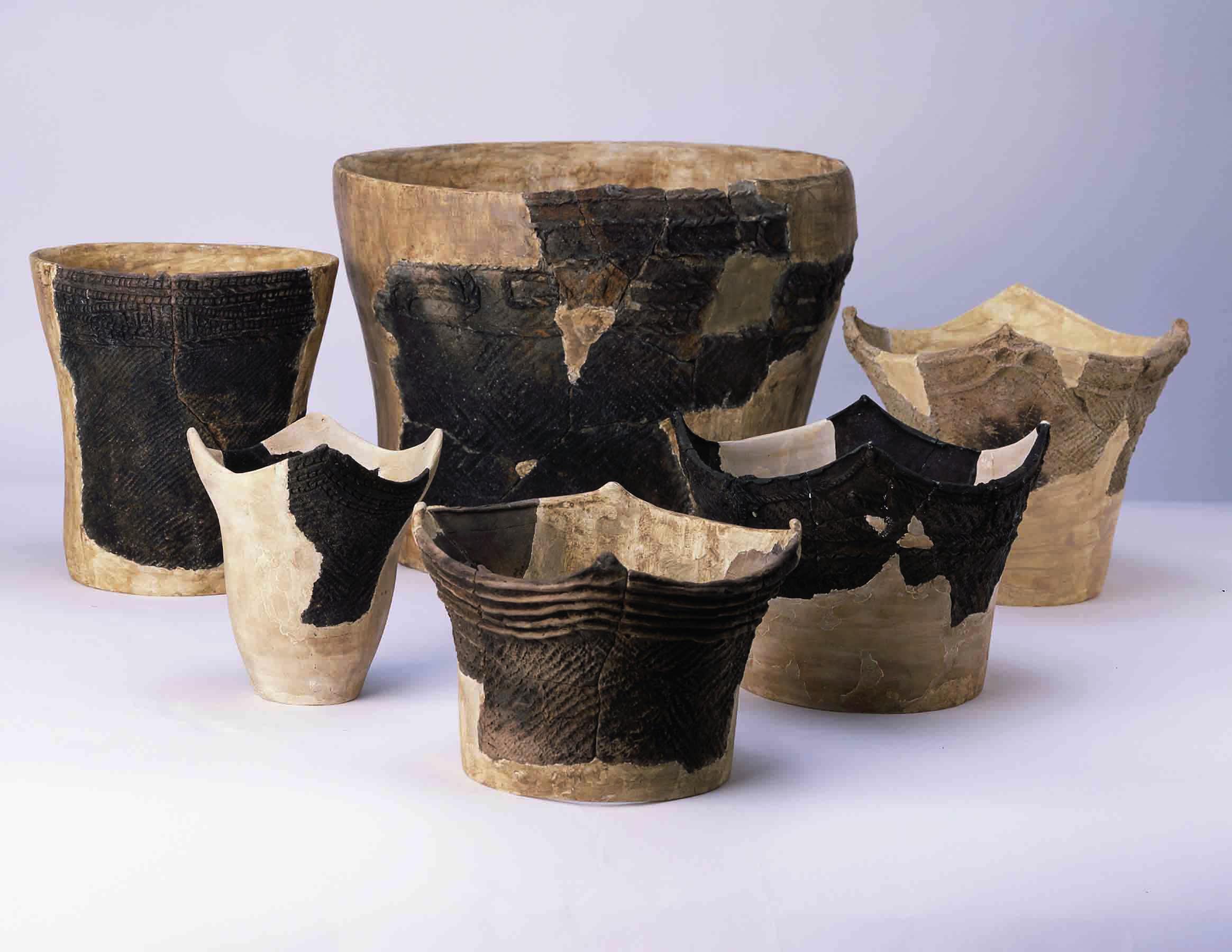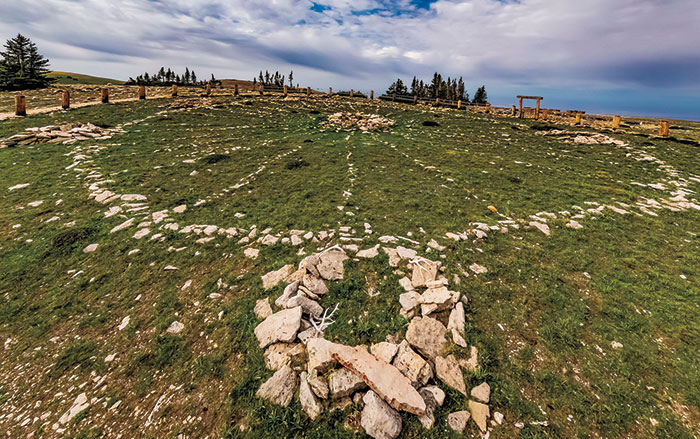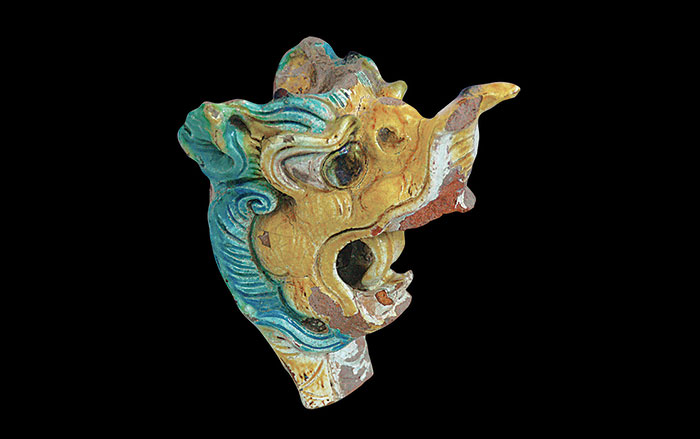
DUNEDIN, NEW ZEALAND—Karen Greig of the University of Otago has sequenced the entire mitochondrial genome of the kurī, a now-extinct small dog whose remains have been recovered from Wairau Bar, one of New Zealand’s earliest and most important Polynesian sites. The samples of mitochondrial DNA were obtained from the teeth of 14 dogs that were found in an oven feature at the site used sometime between A.D. 1320 and 1350. The tests revealed that the animals came from five distinct maternal lineages. “This represents quite limited genetic diversity, which either suggests that the founding kurī population may have only been a few dogs or that the arriving dogs were closely related,” Greig said in a press release. The new information could help scientists determine where the breed originated. These dogs are genetically most similar to modern dogs from Indonesia. For more on the archaeology of dogs, go to "More Than Man's Best Friend."











